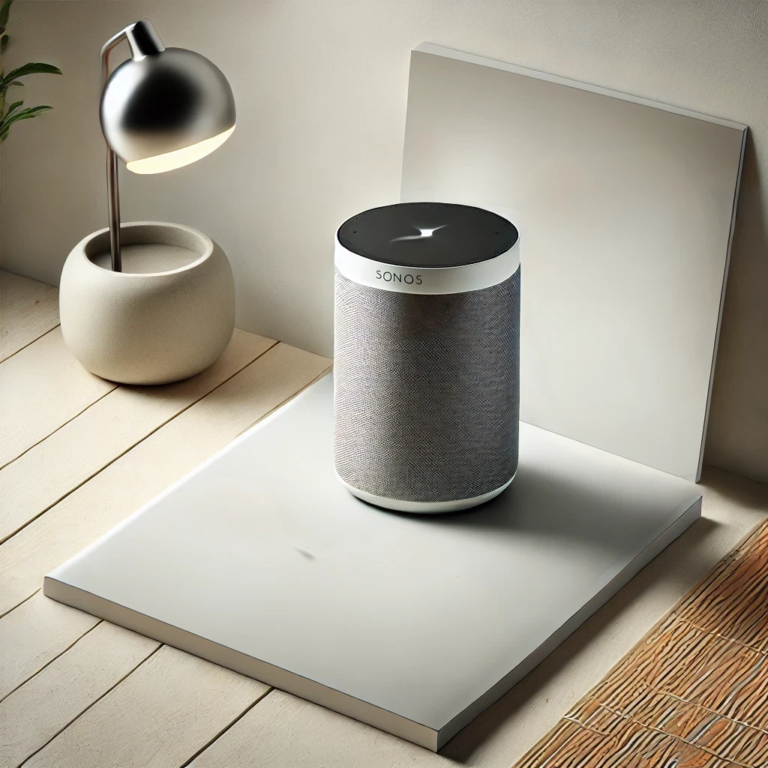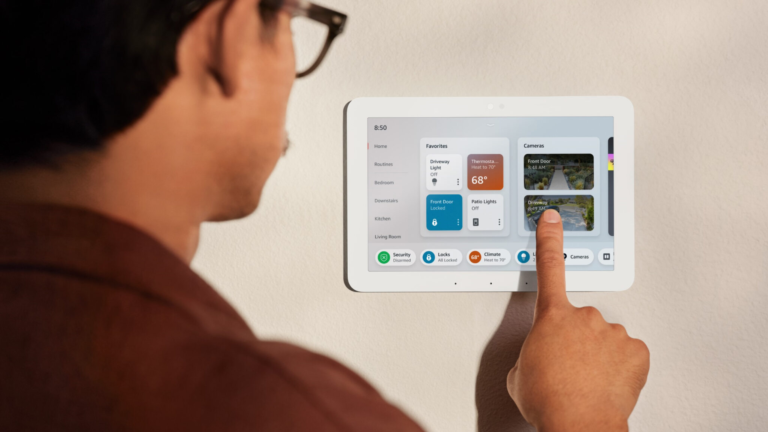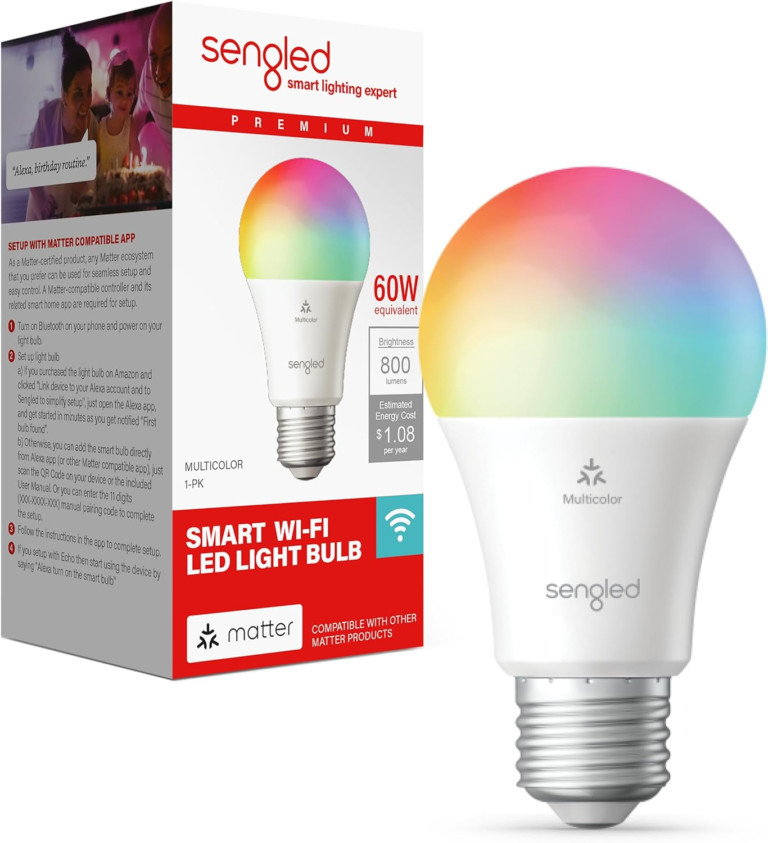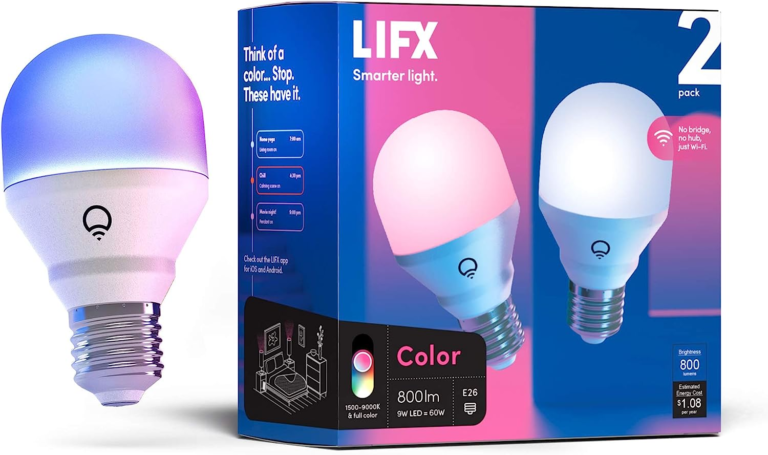Mastering the Art of Starting a Bonfire: A Step-by-Step Guide
Building a bonfire is an enriching experience that connects us with the ancient human tradition of gathering around a warm, crackling fire. Whether on serene beaches or in rugged backcountry, the principles of safety and responsible fire management are essential to ensuring everyone enjoys the bonfire without harm. Safety is not just a set of rules; it’s a mindset essential for preventing potential disasters and for the well-being of both participants and the environment.
Responsible fire management also means understanding and minimizing our environmental impact. This involves knowing when and where it’s appropriate to light a fire and recognizing our responsibility to preserve natural beauty for future generations. Throughout this article, I will share techniques and personal anecdotes that highlight how to maintain this balance, ensuring that our outdoor activities leave no trace other than memories.
Here are 6 Easy Steps to Making the perfect Bonfire
1. Selecting the Perfect Location

Finding the perfect spot for your bonfire is more than just practical—it’s the first step in crafting a memorable evening under the stars. The right location not only ensures safety but also enhances the overall experience. Choose a site far from flammable materials like dry grass, leaves, and especially overhanging branches, which could catch fire from floating sparks or the heat of your bonfire.
It’s also vital to shield your gathering from gusty winds, which can quickly turn a cozy fire into a hazardous blaze. A little nook naturally sheltered by the landscape can prevent embers from being swept away, keeping the warmth where you want it—encircling your friends and family.
Before you strike a match, make sure to check local regulations. Many regions have clear guidelines on where and when fires are permitted, especially during dry months when the risk of wildfires is high. Respecting these rules not only ensures your safety but also protects the natural areas we all cherish.
Think about the environmental footprint of your bonfire too. Opt for a spot that minimizes damage, such as established fire rings. These designated areas help focus the impact of heat and debris, preserving the surrounding wilderness.
2. Gathering Your Materials
To ensure your bonfire lights up the night flawlessly, having the right materials is key. You’ll need three main components: firewood, kindling, and fire starters. Each plays a crucial role in building a fire that’s both vigorous and sustainable.
Here are the types of wood that you may need

Firewood
Your main fuel source is firewood, and not just any logs will do. Opt for dry, seasoned wood—it burns cleaner and longer than its green or moist counterparts. Hardwoods like oak, maple, and birch are top choices because they burn hotter and create less smoke. If you’re gathering wood from nearby areas, look for fallen branches rather than cutting from living trees, which helps preserve the natural environment.
Kindling
Kindling acts as the bridge between the small flames of your fire starter and the robust blaze of your firewood. This material should consist of small sticks and twigs that are thin and dry, ensuring they catch fire easily and burn quickly. The best kindling is often found on the ground, ideally small, dead branches that have not yet absorbed moisture from the soil.
Fire Starters
Starting your fire efficiently requires a good fire starter. While traditional options like newspaper or cardboard can work, consider environmentally friendly alternatives. Homemade fire starters made from sawdust and wax, or natural items like pine cones dipped in wax, are excellent choices. These not only reduce waste but also minimize the impact on the environment.
Tips for Sourcing Materials
Check the Wood: Tap two pieces of firewood together. A sharp, resonant sound indicates well-seasoned wood, while a dull thud suggests it’s still moist.
Storage Matters: Keep your gathered wood off the ground and covered if possible. This prevents moisture from seeping in and keeps your wood ready for use.
Eco-Friendly Fire Starters: Look for fire starters that leave a minimal environmental footprint. Avoid using leaves or paper with inks and chemicals—they can release harmful substances when burned.
Collecting your bonfire materials with these guidelines not only ensures a strong, steady fire but also respects and protects the natural beauty of your surroundings. With the right preparation, your bonfire will be a glowing centerpiece for an evening of outdoor enjoyment.
3. Building the Bonfire Structure
Creating a sturdy and efficient bonfire structure is essential for a safe and successful fire. Two popular methods are the teepee and the log cabin arrangements. Both have unique benefits and can be chosen based on conditions like wind and the size of your gathering.
The Teepee Structure

The teepee (or tipi) setup is ideal for quick ignition and can be easily scaled up or down depending on the size of your bonfire.
Step-by-Step Instructions:
- Center your tinder: Place a small pile in the center of your cleared fire pit. This can be dry leaves, pine needles, or small twigs.
- Form the teepee: Arrange kindling sticks around the tinder, leaning them inward to form a cone shape. Ensure they meet at the top but leave enough space to light the tinder inside.
- Add larger sticks: Once your kindling teepee is in place, add larger sticks in the same fashion. The structure should look like a traditional teepee, which allows air to flow upwards, fueling the fire naturally.
- Leave an opening: Make sure to leave an opening in the direction of the wind to draw air into the teepee, which helps the fire catch more quickly and burn more efficiently.
The Log Cabin Lay

The log cabin setup is more stable and better suited for longer, steadier burns, making it perfect for larger fires that need to last throughout the evening.
Step-by-Step Instructions:
- Lay the foundation: Start with a small teepee structure of tinder and kindling in the center. Around this, lay two larger pieces of firewood parallel to each other on either side of the teepee.
- Build the walls: Place two more logs perpendicular to the first two, building up in a stacking fashion to form a square or rectangle around the teepee.
- Continue layering: Add more layers of logs, alternating the direction with each layer, much like building with Lincoln Logs. The space between the logs will act as air channels, feeding the fire from below.
- Cap the cabin: Finish with a layer of smaller kindling across the top to help catch the flame from the teepee below and transfer it to the larger logs.
Here is a Video for Making 6 Easy Campfires
Ensuring Proper Airflow and Ignition
Good airflow is critical for any fire to burn effectively. As you build your structure, whether a teepee or log cabin, make sure there is enough space between the logs and kindling for air to move freely. This ventilation is crucial for keeping the fire lit and ensuring it burns evenly.
When you’re ready to light your bonfire, always light from multiple points around the base to ensure even ignition. The fire should catch quickly if your structure is set up correctly, and you’ll soon have a roaring bonfire to enjoy.
4. Tending and Maintaining the Bonfire
Once your bonfire is blazing, maintaining it properly is crucial to ensure it remains safe and enjoyable for everyone around. Effective management not only prolongs the life of your fire but also enhances its safety and warmth. Here are some tips on how to keep your bonfire at its best throughout the evening.
Adding Firewood
To keep your bonfire burning steadily, you’ll need to add more firewood periodically. Here’s how to do it right:
- Wait for the right moment: Add new logs only when the fire has burned down some of the existing wood to coals. This ensures that the temperature is hot enough for new logs to catch fire easily.
- Place, don’t throw!: Gently place logs on top of or beside the coals. Avoid throwing them in, as this can cause sparks to fly or disrupt the established structure, reducing airflow.
- Choose the right size: Use logs that are similar in size to those already burning to maintain an even burn. Larger logs can be used as the fire becomes well-established and has a good bed of hot coals.
Adjusting Airflow
Proper airflow is essential for a fire to burn efficiently. As you add more wood, make sure the structure of the fire allows for enough air to pass through. Here’s what you can do:
- Check for blockages: Occasionally, as logs burn, they may shift and block air channels. Use a long stick or fire poker to gently adjust the logs to improve ventilation.
- Maintain structure integrity: As you add more logs, mimic the initial structure (teepee or log cabin) to sustain good airflow, which will keep the fire burning smoothly.
Supervising the Bonfire
Continuous supervision is perhaps the most critical aspect of bonfire safety. Never leave the bonfire unattended. A bonfire that is left alone can quickly grow out of control or die out prematurely.
- Keep a watchful eye: Always have at least one person monitoring the fire, ready to react if the fire spreads or other issues arise.
- Be prepared for emergencies: Keep a bucket of water, a fire extinguisher, or a shovel nearby. These can be used to douse the flames if the fire gets out of hand or to bury the fire with dirt as a last resort.
Emergency Readiness
It’s essential to have a plan for emergencies:
- Establish clear access: Ensure there is a clear path to retreat if necessary and easy access for adding more wood or dealing with potential hazards.
- Know how to extinguish the fire: Familiarize yourself with the proper techniques to extinguish your bonfire safely. Spread the embers and douse them with water, then stir the ashes to ensure all hot spots are out.
5. Extinguishing the Bonfire

As your gathering winds down, safely extinguishing your bonfire is as critical as lighting it. Properly putting out the fire ensures the safety of the environment and everyone around. Here’s a detailed guide to ensure your bonfire is completely extinguished, leaving no trace behind.
Spreading Out the Embers
- Allow the fire to burn down: Let the wood burn to ash as much as possible before you begin the extinguishing process. This reduces the amount of material you need to deal with.
- Disperse the embers: Use a shovel or a stick to spread out the embers within the fire pit. Breaking them apart accelerates cooling and ensures all heat sources are addressed.
Dousing with Water
- Soak the fire: Slowly pour water over the remaining embers and ashes, paying careful attention to areas that are still glowing or smoking. Listen for hissing sounds—this indicates that the fire is still giving off heat and needs more water.
- Stir and soak: After the initial dousing, stir the ashes with a shovel to expose any dry spots or hidden embers. Pour more water over the area until everything is thoroughly soaked and cool to the touch. It’s essential not to rush this step; the goal is to eliminate all heat sources to prevent a rekindle.
Ensuring Complete Extinguishment
- Check for heat: Carefully hover your hand above the ashes to feel for any residual heat. If you detect warmth, it means there are still active embers that need more water.
- Repeat as necessary: Continue soaking and stirring until you are confident that the fire is fully extinguished.
Leaving No Trace
- Clean up debris: Once the fire is completely out and the site is cool, remove any trash or leftover debris. This includes any unburned sticks, paper, or other materials that were brought to the fire site.
- Dispose of ashes properly: If possible, scatter the cold ashes over a wide, barren area away from the immediate campsite or bury them. Ensure that they are completely cool and there is no wind that might blow them back into a flammable area.
Importance of Responsibility
Extinguishing your bonfire thoroughly is not just a safety measure—it’s a gesture of respect towards nature and other people who might use the area after you. By ensuring that no trace of your fire remains, you help preserve the natural beauty of the environment and uphold the principles of responsible outdoor activities.
What should I do if it starts raining while my bonfire is burning?
If you find yourself caught in light rain, your bonfire might still hold up, especially if it’s well-established with a strong bed of coals. But in the case of a downpour, it’s best to be proactive. Cover the fire with a large tarp suspended above it to prevent the rain from extinguishing it. Make sure the tarp is high enough to avoid catching fire from rising sparks or heat. If the rain intensifies and safety becomes a concern, extinguish the fire completely using the soaking method I mentioned earlier.
How can I make my bonfire smokeless?
Achieving a “smokeless” bonfire is all about using dry, seasoned wood and maintaining a high combustion temperature. Start with smaller kindling and gradually add larger pieces of wood as the fire grows hotter. Keep the wood tightly packed to maintain high temperatures and ensure complete combustion, which significantly reduces smoke. Also, consider using hardwoods like oak or maple, which tend to burn cleaner than softwoods.
Is it better to buy firewood or find it onsite?
While gathering firewood onsite might seem convenient, purchasing firewood is often a more responsible choice. Buying local firewood not only ensures that it’s dry and burns efficiently, but it also prevents the spread of pests and diseases that can devastate forests. If you do collect firewood from the area, make sure it’s permitted and stick to dead, fallen wood to minimize your impact on the environment.
What are some safe alternatives to traditional fire starters?
For an eco-friendlier approach, you can use natural fire starters such as homemade wax-coated pine cones or cotton pads dipped in wax. These alternatives burn effectively without the harmful chemicals found in some commercial fire starters. Another option is to use a magnesium fire starter tool, which produces sparks capable of lighting tinder with minimal environmental impact.
How do I extinguish a bonfire without water?
If you’re out of water or need to conserve it, you can extinguish your bonfire by smothering it. Carefully cover the embers with sand or dirt until all the flames are out, then stir the ashes to make sure no burning embers are left. However, this method requires caution and thoroughness to ensure the fire is completely out and poses no risk of reigniting.
Enjoyed reading this Outdoor Guide? Check out our Guide to Keeping warm in your tent. Or Check Below to see what catches you attention

Dyson Pure Cool Review: The Smart Air Purifier You Need
It’s really important to keep the air we breathe at home clean and healthy, don’t you think? The Dyson Pure Cool smart air purifier is designed to ensure that the air in your home is of the highest quality. It uses advanced technology to remove impurities and keep the air fresh and clean. So, you…

Sonos One Review: The Ultimate Smart Speaker for Music Lovers
Sonos One is this amazing smart speaker that totally rocks! It’s designed to give you top-notch sound and play really nicely with all your smart home gadgets. Whether you’re a music buff or need a solid speaker, Sonos One is there to take your listening game to the next level. In my review, we’ll dig…

Google Nest Hub Review: Your Ultimate Smart Home Assistant
The Google Nest Hub is an advanced smart display incorporating Google Assistant and a user-friendly touchscreen interface. This innovative device seamlessly integrates with various smart home devices, allowing for comprehensive control and monitoring. In addition, it provides detailed and real-time weather updates and offers a wide array of entertainment options, making it an essential addition…

Review of the Amazon Echo Show 8: An Ideal Smart Display Solution for Your Home
The Amazon Echo Show 8 is a versatile smart display that combines the power of Alexa with a vibrant HD screen, making it an ideal addition to any modern home. Whether you want to control your smart home devices, make video calls, or enjoy multimedia content, the Echo Show 8 promises to deliver a seamless…

Sengled Smart Bulb Review: A Smart Choice for Your Home Lighting Needs
Smart lighting is essential to modern homes, providing convenience, energy savings, and enhanced ambiance. Sengled, a renowned name in the smart lighting industry, offers an impressive range of smart bulbs. The Sengled Smart Bulb promises to deliver quality, functionality, and affordability. But is it the right choice for your home? Why Choose Sengled Smart Bulb?…

LIFX A19 Smart LED Light Bulb Review: Is It the Right Choice for Your Home?
Introduction Smart lighting is really changing the way we think about home automation. LIFX, a company known for its innovative and high-quality products, is leading the charge in this space. Their flagship offering, the LIFX A19 Smart LED Light Bulb, promises to bring vibrant color, exceptional brightness, and smart functionality to your home. But is…


